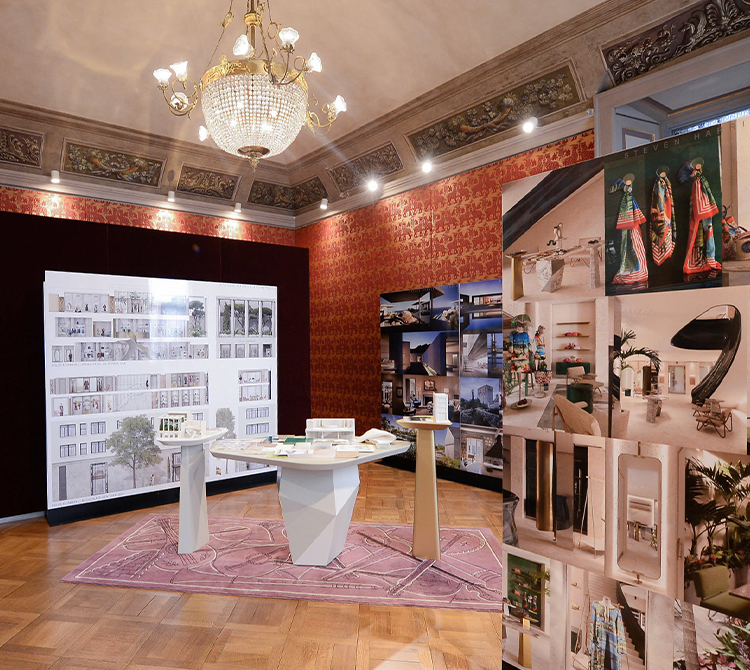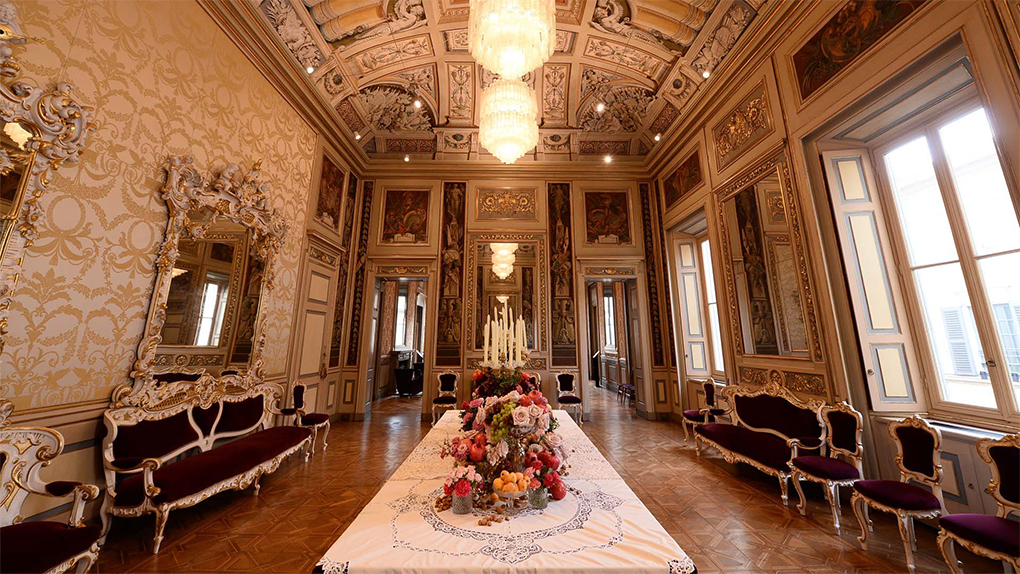Steven Harris, a native of Northern Florida, is the founding partner of Steven Harris Architects LLP in New York. He was educated at New College, the Rhode Island School of Design and Princeton University. He is currently Professor of Architecture at Yale, where he has taught for more than 25 years; he previously taught at Princeton and Harvard.
Since establishing Steven Harris Architects in 1985, he has led the design of an extensive range of residential, commercial and institutional projects, with a particular fondness and skill for exploring the architectural potential of residential life. Under his direction the firm has completed projects in New York, Connecticut, New Jersey, Florida, California and other areas of the United States, as well as in Mexico, South Africa, Costa Rica and Croatia. Diversity is a hallmark of his prolific and innovative work and for this, Harris was inducted into the Interior Design Hall of Fame in 2008.
Table of contents
- 1What is your firm’s design policy?
- 2How would you describe your signature style? What sets you apart from other architects with a similar style to your own?
- 3How did you structure your approach to the design of the St. Barth boutique?
- 4How did you feel about embarking on this new global path that Dolce&Gabbana have spearheaded?
- 5How did you find the balance between creating something new for the brand whilst keeping it rooted in its identity?
- 6What is luxury to you?
- 7Do you have a special connection with the location of the new stores?
What is your firm’s design policy?
Site (location) has been a major inspiration for much of our work for twenty-five years. A villa on an island in Croatia is very different than a penthouse in Manhattan or a house on the ocean in Southampton or a family retreat in the hills of Napa Valley. Similarly, a Dolce&Gabbana boutique in St. Barth is very different than a flagship store on Rodeo Drive or a store on Madison Avenue. Our work starts from an analysis and understanding of place.
How would you describe your signature style?
What sets you apart from other architects with a similar style to your own?
Bespoke. Each project is different because both the opportunity and the context are different. There is, however, a certain consistency of precision across our projects. There is a kind of rigor where each design aspect is calibrated to support the whole and is often unique to an individual project. We have a willingness to flirt with anonymity. We are more interested in creating projects that appear precise, effortless, and inevitable than we are in broadcasting authorship.
How did you structure your approach to the design of the St. Barth boutique?
Discovering that I share a fascination with Riva speedboats with Domenico was a real joy. That and our mutual interest in Gio Ponti and the Italian Rationalists and Fornasetti inspired the St. Barth store. The stair rail evokes the stern of an Aquarama, the cut coquina walls were inspired by the island architecture of the Caribbean. The floor simultaneously refers to the floor of the Casa Malaparte and Gio Ponti’s Villa Planchart. The Dolce&Gabbana St. Barth store aspires to be effortlessly casual and phenomenally chic.
How did you feel about embarking on this new global path that Dolce&Gabbana have spearheaded?
I think it is a brilliant strategy. Much like the recent Fall/Winter 2017-2018 runway show where the DG ‘Millennials’ were among the models, the new path reflects a sense of true life more than momentary trend. Places are different, stores can be different. The new direction allows an infusion of insight into the experience of shopping where it becomes more social, almost intimate, and intensely local.
How did you find the balance between creating something new for the brand whilst keeping it rooted in its identity?
One of the most amazing things about the Dolce&Gabbana DNA is the extraordinary depth and (like anyone’s DNA) the number of apparently contradictory parts it has. Domenico Dolce is phenomenally knowledgeable about everything related to design. He is familiar with even the most arcane examples of Italian Rationalist Architecture from the mid-twentieth century as well as the most extravagantly elaborate villas of Sicily. The identity of Dolce&Gabbana is so rich and complex that one imagines virtually endless opportunity for invention.
What is luxury to you?
Craft. When something is exquisitely crafted, made precisely and with great pride, it can become truly luxurious. For me, a Porsche 356 Carrera Speedster with a Fuhrman designed four cam engine is pure luxury.
Do you have a special connection with the location of the new stores?
Growing up in Florida in the fifties, I spent a great deal of time on boats. My father was obsessed with sport fishing and we were often in the Caribbean. The world of marinas and docks, dinghies and tenders was a part of the everyday landscape and laidback culture. For Madison Avenue, we’ve designed many townhouses and apartments within five blocks of the store and are intimately familiar with both the clients and the neighbourhood. For Rodeo Drive, I have a strong connection to Los Angeles (I have a house in Palm Springs) and we recently completed a major redesign of most of the Barneys around the corner on Wiltshire Boulevard.
Coming up next will be our Q&A with Eric Carlson of Carbondale Studio… Stay tuned!






